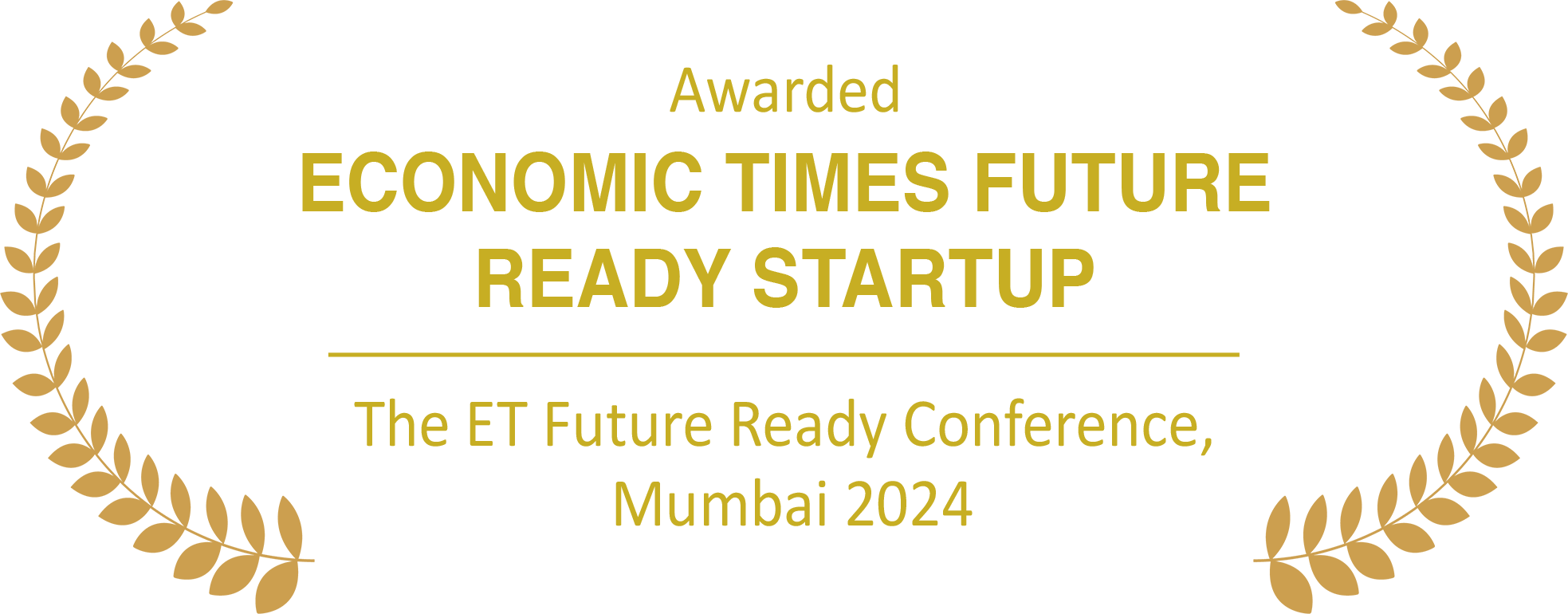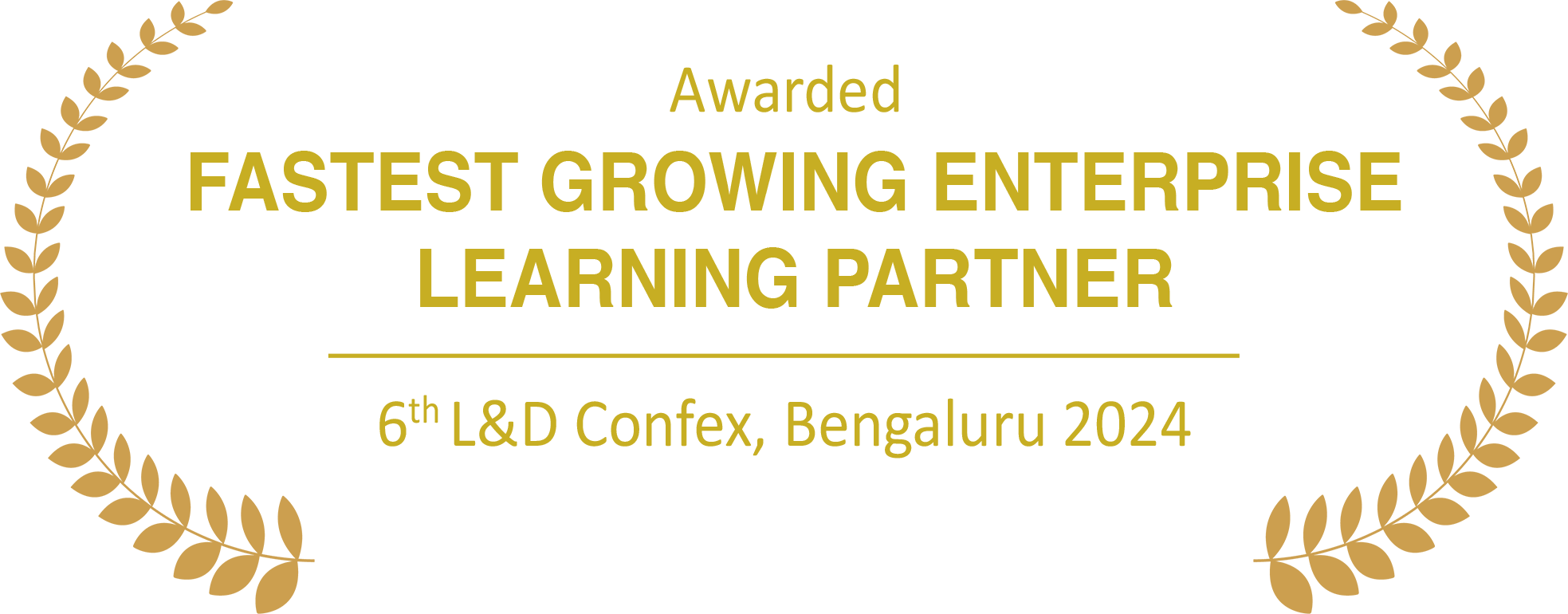
Overview
This training will take you through the basics of this powerful language R. From the ground up, you will learn how to develop data for analysis and apply statistical measures to create data visualisations. By exploring the characteristics of data sets, you can analyse and achieve optimum results based on past data.

Objectives
At the end of Business Analytics with R training course, participants will

Prerequisites
- Basic knowledge of a programming language such as Python or Java
- A background in Mathematics will be beneficial



 Projects
Projects Assignments
Assignments






